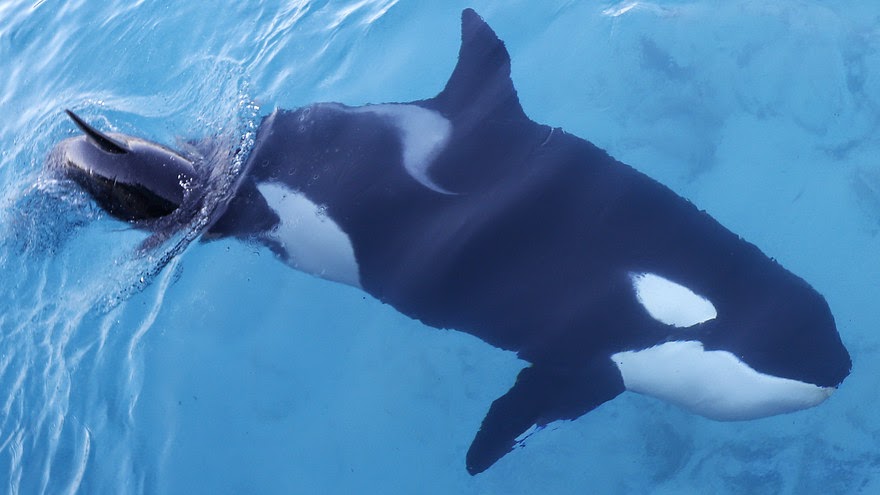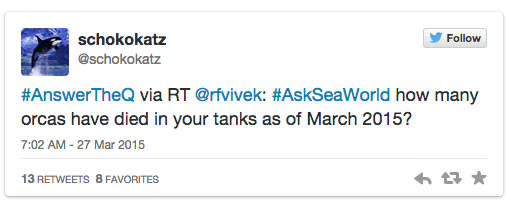According to an article on Marketwatch.com Sea World is accusing PETA for interfering with their campaign called #AskSeaWorld. The article states that PETA created several spam accounts in order to ask questions pertaining to the treatment of animals at Sea World.
Many of the questions have been focused on the treatment of Sea World's Orcas and other types of whales that were featured in the documentary Blackfish. Due to the fact that PETA has been spamming their campaign, people with real questions haven't been given the opportunity to ask them.
Sea World has referred to these people from PETA who have created the spam accounts as "trolls" and has repeatedly tweeted to their audience that they are trying to "weed through the troll accounts".
Senior Vice President of PETA, Colleen O'Brien fired back and stated that the accusations of trolling are false. So far up until this point the only questions that have been answered by members of Sea World are questions having to do with the Orca tanks, the death of trainers and the overall health of the whales.
For more information about PETA and SeaWorld's #AskSeaWorld Campaign check out the website link below!
We cannot express our gratitude over the internet, but we can say THANK YOU for your generosity. 100% of the funds raised will go to OC Animal Shelters!























